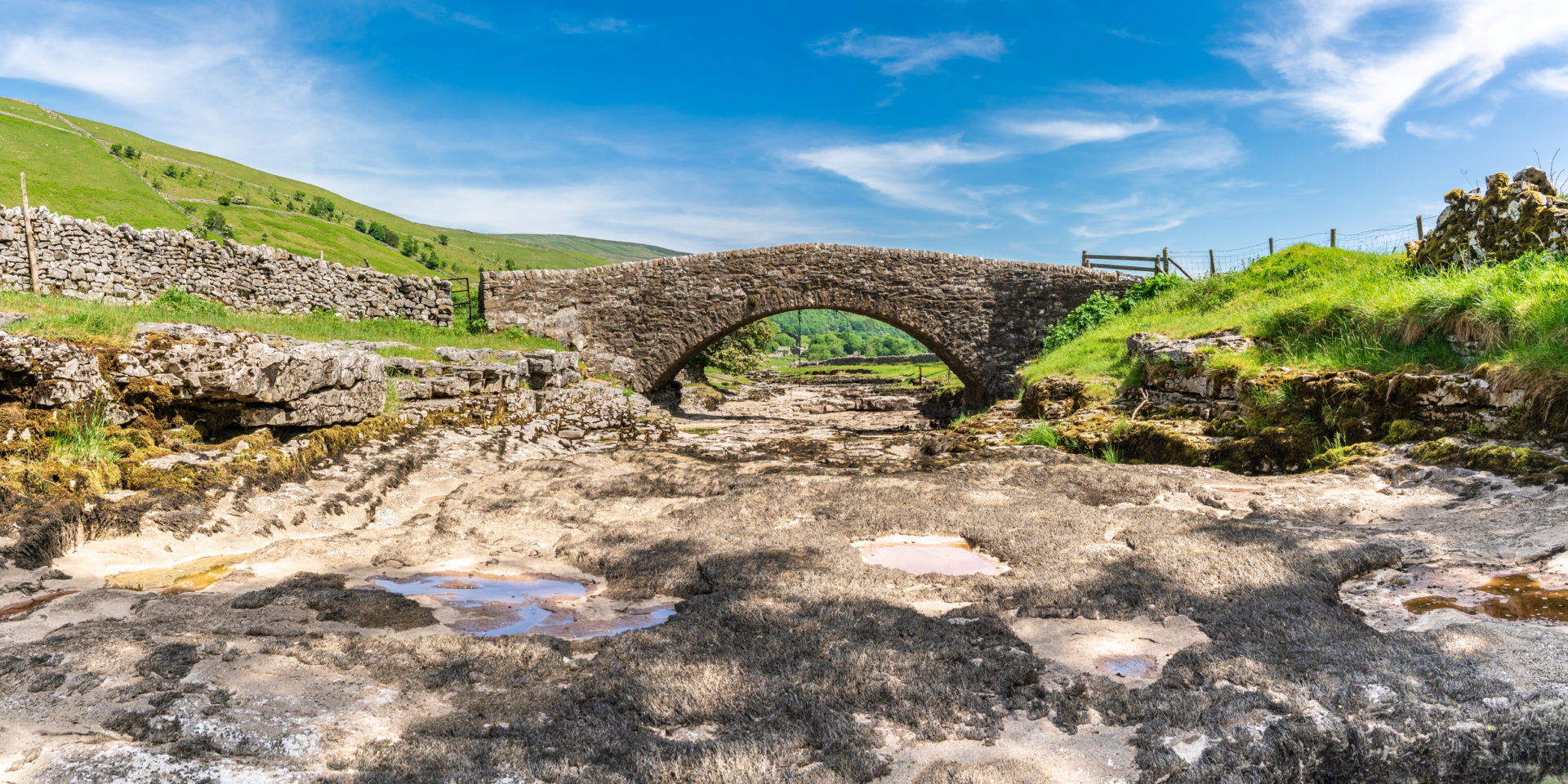
Drought and climate change-related water issues can be avoided through better water management, says Mike Ward.
It is important that the built environment, designers, water management companies, utility providers, and public bodies work together to proactively implement more measures that can combat the impacts of extreme weather patterns, to help prevent lasting damage and avoid devastation.
When it comes to threats to our infrastructure, drought and flash flooding pose big risks. However, they can both be mitigated through innovative, integrated infrastructure, and more comprehensive water management solutions. The droughts we’re seeing across Europe now are indicative of a failure in proper water management.
The UK is not particularly better or worse when compared to other countries in Europe – it is an issue that faces the continent as a whole. The European Commission Joint Research Centre published some research that showed more than 50% EU+UK had some kind of drought warning/alert. The Dutch government has recently declared a water shortage. Meanwhile, northern Italy and the western Mediterranean were suffering droughts in February and March.
Outdated infrastructure
It is habitual to see 50% water loss through leaks in outdated distribution systems in urban areas. We must change the way we use water as part of broader climate adaptation efforts. It’s not just about using less water, discharging more water faster, or building bigger reservoirs. It’s about using water at the right time and in the right place.
Much of our infrastructure dates back to the extensive urbanisation undertaken during the Victorian period. As with all development, the infrastructure was built for the requirements of the time, and not for 50, 100, 150 years into the future.
In many instances, the current infrastructure cannot cope with the demand being placed on it. The climate is changing as we get more rain delivered in shorter harder bursts, urban creep continues, and homeowners continue to build patios and driveways. This all pushes more water into a drainage system that simply cannot cope. The Pitt Review (which led to the Flood and Water Management Act 2010) identified this as a major cause of flooding.
In modern design SuDS has become common, and this has changed the way we manage surface water into greener and more ‘natural’ solutions.
Mindset change essential
The issue still remains, however, that water is largely seen as a problem for which the solution is to move it somewhere else. We need a mindset change to make water be seen as a valuable asset that should be treasured. If every raindrop was a penny, we wouldn’t treat it like we do now.
We must reuse it where there is too little, filter it where it is too polluted, and return it to the ground when groundwater supplies are depleted. This would close the water loop and stop shifting the problem from one upstream end to the other downstream end. A circular mentality must underpin every urban design step we take. We must make every drop count.
We must connect systems often viewed as independent – like wastewater, rainwater, and tap water systems – to create circular and controlled water cycles around buildings, neighbourhoods, and even cities. Then, we should apply this concept of connection to different disciplines, partners, technologies, designs, and solutions to collectively achieve the most adaptive and inclusive infrastructure.
Change can start with the small things, water butts etc, and on a policy level making rainwater harvesting/water reuse part of the planning requirements on all new builds.
Mike Ward is territory director at Wavin UK & Ireland
Comments
Comments are closed.












Very well written Article.
Hopefully the “powers that be” will act before we find ourselves sleepwalking into a crisis.
I think you’ll find that droughts are a direct result of a lack of rainfall nothing else. It’s restricted water supply that is a result of poor and outdated and infrastructure.
The point about dated infrastructure is correct but at sector privatisation in 1989, the debts accumulated by water and sewerage authorities were written off by central government. In addition, the sector was given a £1.50 billion dowry paid for by UK tax-payers. Despite progressive changes/improvements in environmental legislation (both EU and domestic) investment in new/replacement infrastructure (s37 & s94 WIA 1991) has not been matched to these critical legislative requirements. The acid question in why the Regulator has not responded in an effective way by ensuring these progressive legislative changes remain a key consideration and one that is integral to the 5-yearly AMP process? Moreover, since 1989 developers have paid to water and sewerage companies c. £2.9 billion in water and sewerage charges but the Regulator now concedes this income stream and the infrastructure it was expected to provide was never audited.
Firstly I have to say that Water and the access to it is a fundamental human right and the water industry should never have been sold off!!! In my opinion.
We do not pay for the sun light, the Air we breath, so why are we paying for our water to the extent we are?
I agree there needs a change in opinion and the understanding of water, how we use it how much we need etc..
This water crisis is another typical occurrence made by man / businesses / governments. and is due to inaction and is unforgivable, inappropriate and appalling!!!!
We have a Victorian pipe work / infrastructure sytrem that is past it sell by date and should have had a major up-grade decades ago.
Again a simple logical, common sense solution has existed from when my father, (who was town clerk in Kendal from 1960 to July 1965), proved to the people of Kendal in Cumbria and the water authority back in the 1960s, when he eventually after 5 years of badgering got the local water authority to maintain the river Kent.
The results were immediate and positive.
What my farther got the water company to do should be continued and carried out on all rivers and reservoirs.
My farther had a lot of practical knowledge and experience of what and how water works in the form of storms, floods and tides.
His play ground was the river at the back of his dad shop and the whole of the River Fal and its tributes, in Truro, Cornwall
I can restore the capacity to our existing reservoirs and some could be increased, but I do no expect any water company or government minister be interested what is a simple and less expensive solution.
I expect them to do nothing until people are ill and or dying.
Unfortunately the above prospect is looming this autumn, with water shortages, crop failures and the 3rd world war in progress!!
Yes the future does not look good in my opinion unfortunately!!
Lack of rainfall , outdated infrastructure agreed, but surely when global warming has been around for quite sometime, it is the lack of strategic planning and investment by well rewarded senior officers which is to blame. Not only water storage but a supply network and preventive flood measures also need to be considered. Suspect too much emphasis on dividends, bonuses and disposals of assets the receipts of which needed to be reinvested.